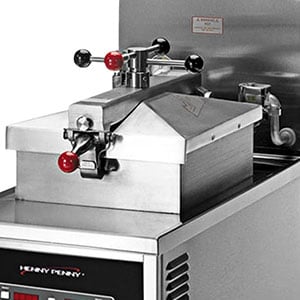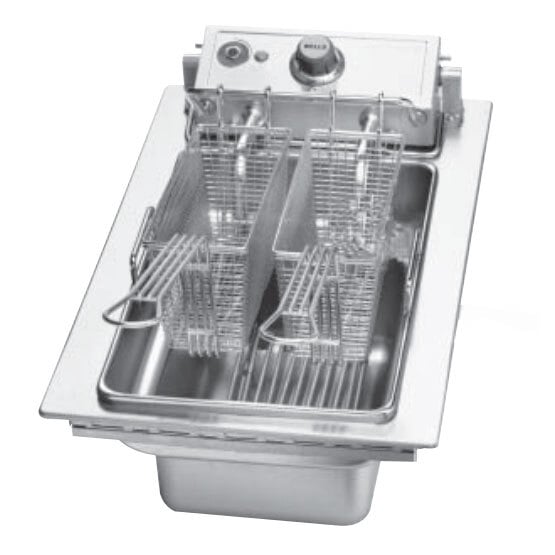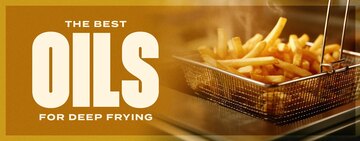It is also important to consider the frequency you will be using your fryer to determine if you need a lighter or heavier duty unit, the layout of your kitchen to determine where you will be placing the fryer, and the fryer size you will need.
Durability
Manufacturers create their assorted fryers with various usage rates in mind, so you'll need to be mindful of how a specific fryer is rated.
- Light-duty fryers: These units are best for low-volume use at a deli, concession stand, or another small business that has frying as a niche. They're not constructed with constant use in mind.
- Medium-duty fryers: While they're designed to handle similar applications to light-duty models, they can handle notably more frequent use without losing performance efficiency.
- Heavy-duty fryers: If you have a popular restaurant or food truck that focuses on fried foods, you'll likely be in the market for a heavy-duty model. It focuses on durability, from the body to the legs to the fry baskets.
Location
A fryer's location is critical to the life and quality of its oil. Oil must be as clean as possible to avoid flavor tampering and create a high-quality product. Top-notch filtration should be a priority, but placement away from other equipment that tends to spatter, like ranges, will also help.
Fryers cannot be located by open burners, griddles, or broilers unless you use a spreader that's at least 12" tall in between to protect from spattering and other potential messes. Many locations often forget about them, but you can purchase deep fryer covers to place over your vats when they're not in use.
Size
You'll always need to consider your volume requirements when selecting a fryer size, in addition to the amount of space you have available in your kitchen. Countertop and floor models will vary widely, from compact units to massive batteries.
The most common widths range between 11" and 34", but you can find models that go up to 94". Manufacturers typically measure tank capacities in pounds or maximum oil volume. Capacities can range up to almost 500 lb.
You can take multiple units and set them up side by side to create batteries of your own, which gives you more precise control over your production rates. Consider the number of customers you see daily as well as the diversity of your menu.
You can get split-tank fryers that fit in one footprint but accommodate multiple items - usually two.
Advanced Controls and Features
By choosing a commercial deep fryer with advanced features, you can enhance efficiency, productivity, and safety in your kitchen operations. Consider the specific needs of your establishment and select a fryer that offers the right combination of features to meet your requirements.
- Programmable controls: With advanced operating systems, some fryers can send notifications when the preset cooking time expires, which ensures that you're always aware of what's going on.
- Oil filtration system: You'll save money and cut down on time spent cleaning with a filtration system that maintains oil quality for longer periods, thus extending the oil's service life. Cleaner oil means better tasting and better-looking food.
- Energy-efficient models: Some energy-efficient models have a blower system powered by an economical electric motor, which pushes or pulls heat from combustion through the unit. It doesn't have to rely solely on gas pressure to heat the tank. Others have premix burners that mix precise combos of gas and air to achieve excellent efficiency rates.
- Safety features: Advanced fryers are equipped with safety features such as automatic shut-off systems, overheat protection, and cool-touch handles to prevent accidents and ensure a safe working environment for kitchen staff.
Back to Top














